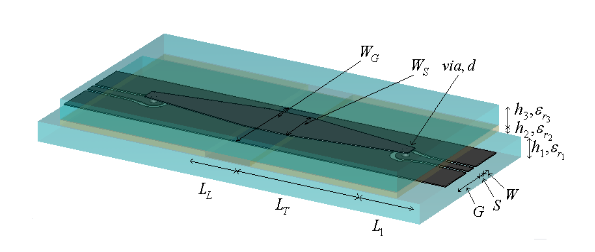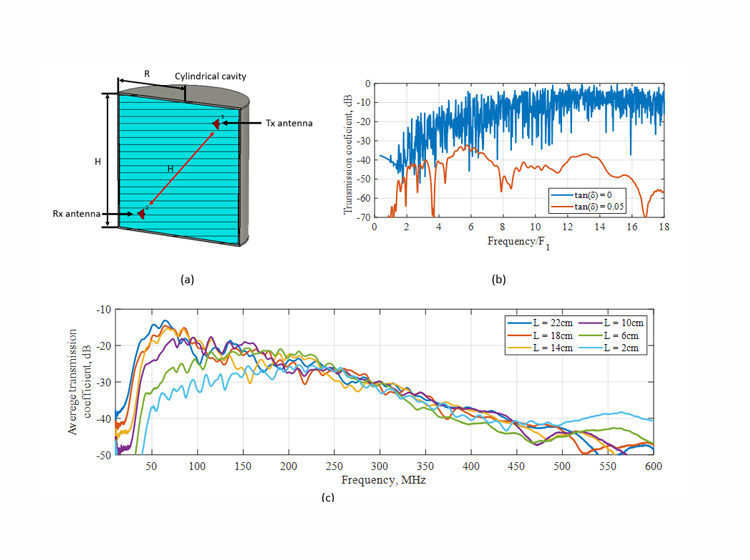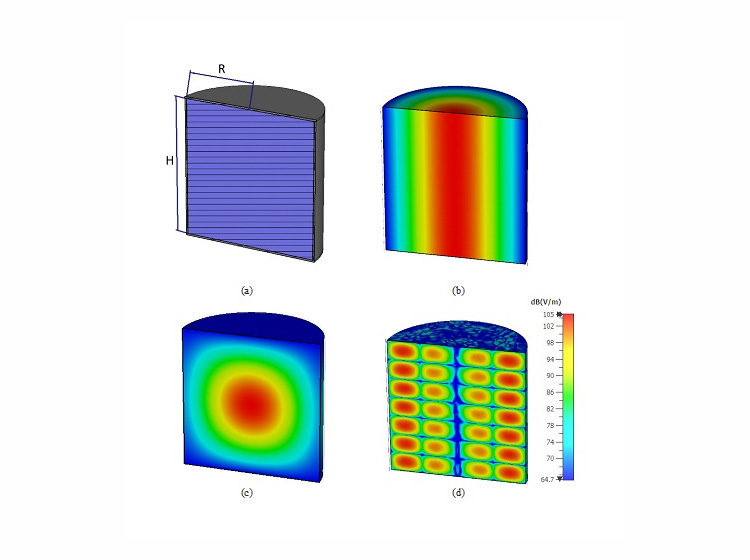Microstrip antennas have been extensively used in the past because of their several advantages (low weight, low cost, conformability, and low profile) over conventional antennas. However, their small impedance bandwidth has always been a major constraint as it limits the frequency range over which the antenna can perform satisfactorily. As many authors have showed it, employing thick dielectrics can increase the bandwidth, but at the expense of reduction of the cut-off frequency of surface waves and as a result, the distortion of the radiation pattern. Furthermore, in many applications, a high-profile microstrip antenna is not desirable. In this paper, a very low-profile broadband microstrip antenna is introduced. The antenna is three-layer, consisting of three stacked patches on three thin substrates, fed by a microstrip line connected to the middle patch, Fig. 1. In order to show the development of the antenna, initially, the single patch microstrip antenna and the double patch microstrip antenna developed on low-profile substrates with the same overall thickness and dielectric constant, are studied. Then the development of the low-profile triple-patch antenna on three substrates with the same overall thickness as those of the single- and double-patch microstrip antenna, is reported.
The proposed antenna provides 22% bandwidth about a centre frequency of 5 GHz. In this antenna, the feed line was applied to the middle patch. Although not reported in this paper, it was found that the antenna is scalable for operation at other centre frequencies. However, the only constraint is the availability of commercial substrates at the scaled thicknesses.




Leave a Reply